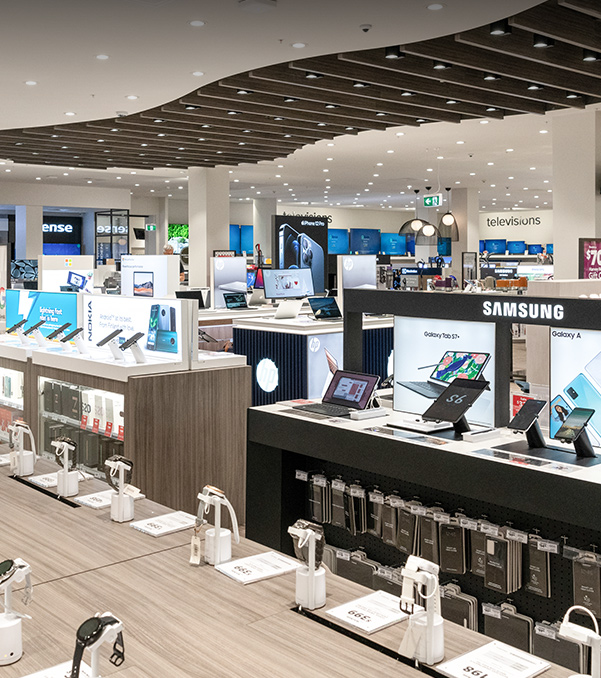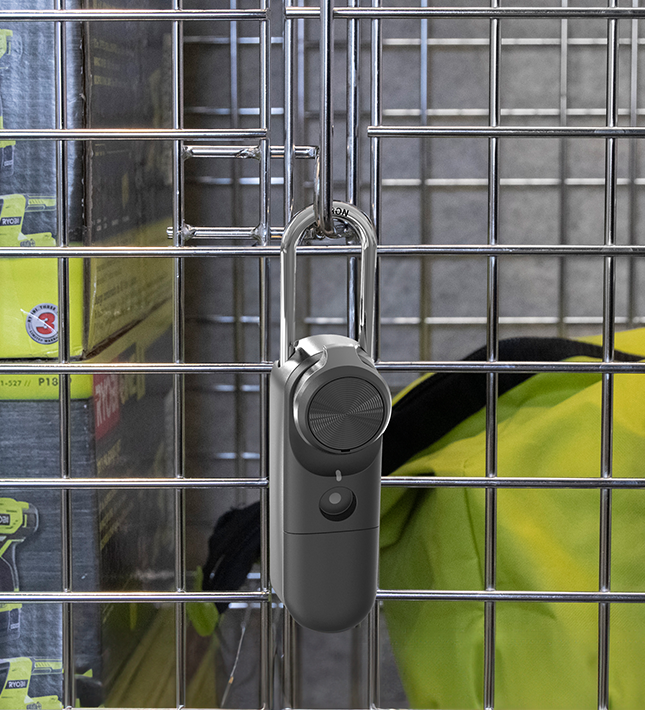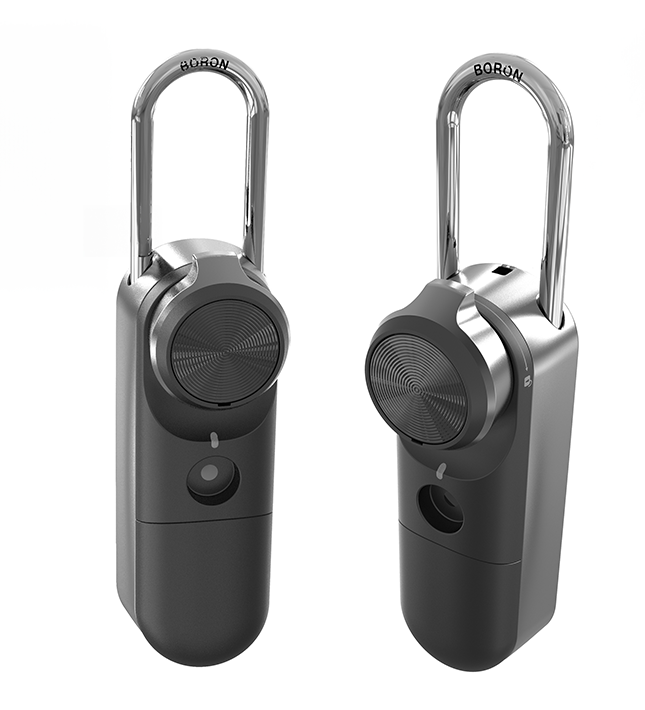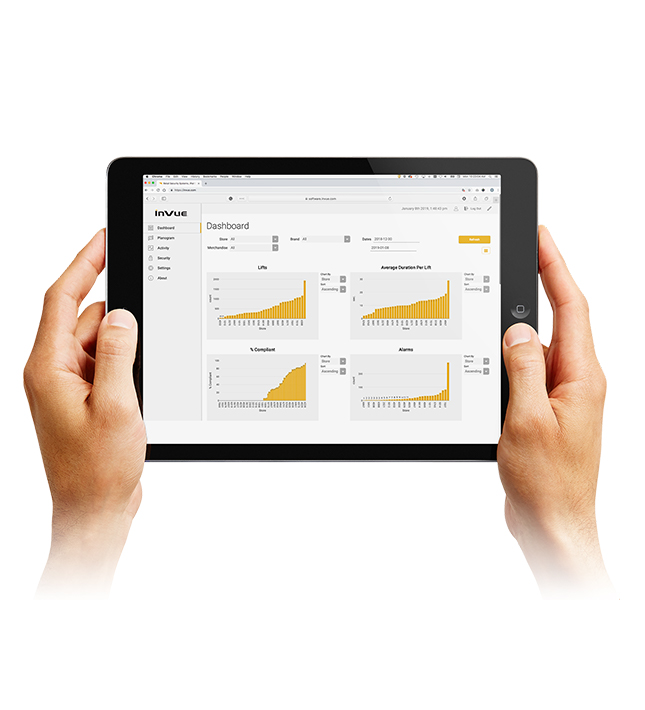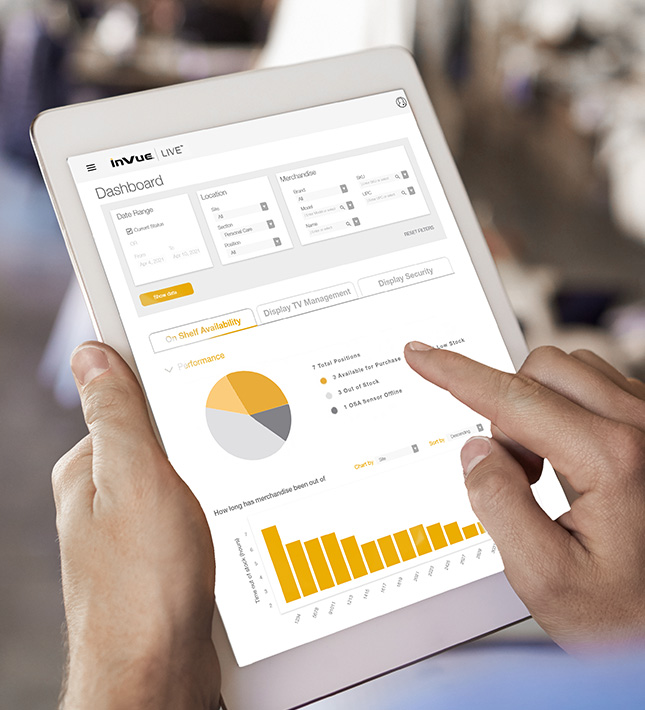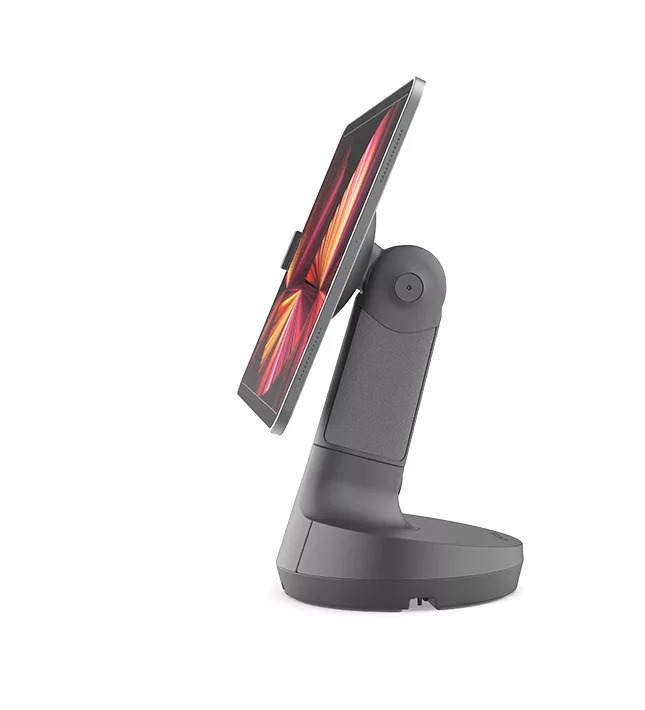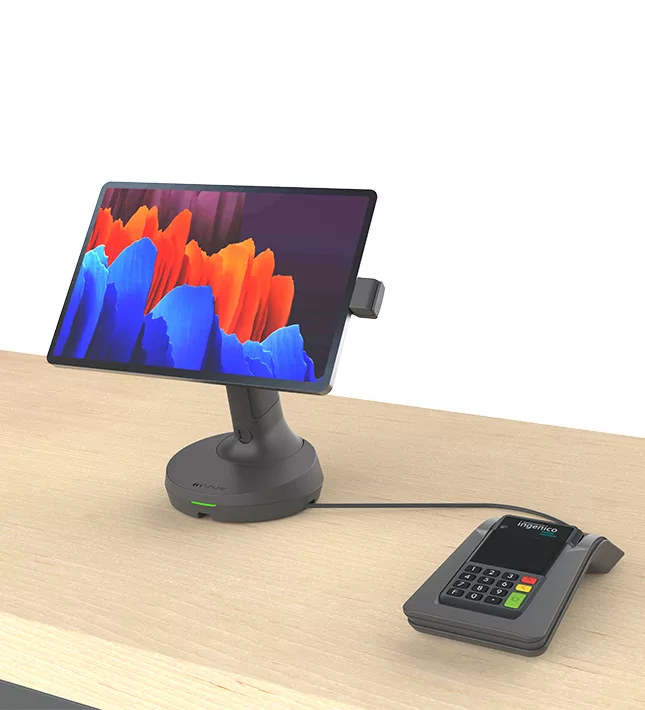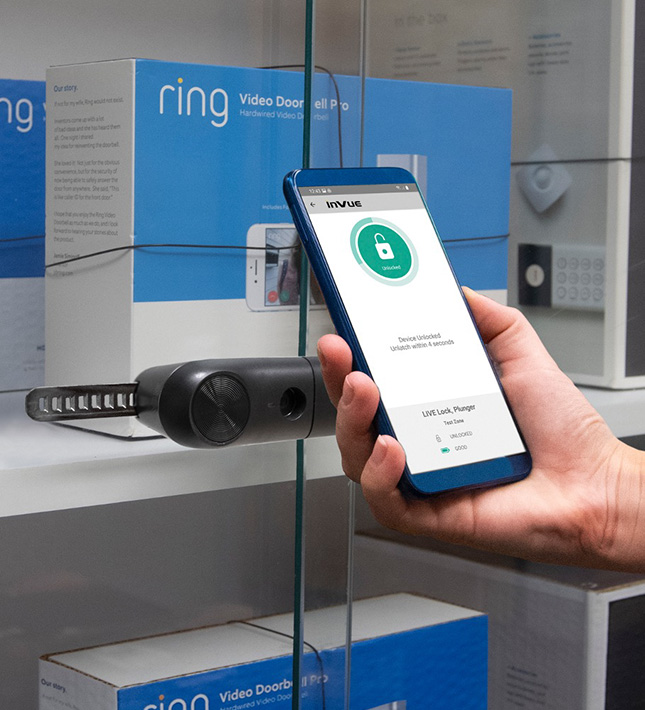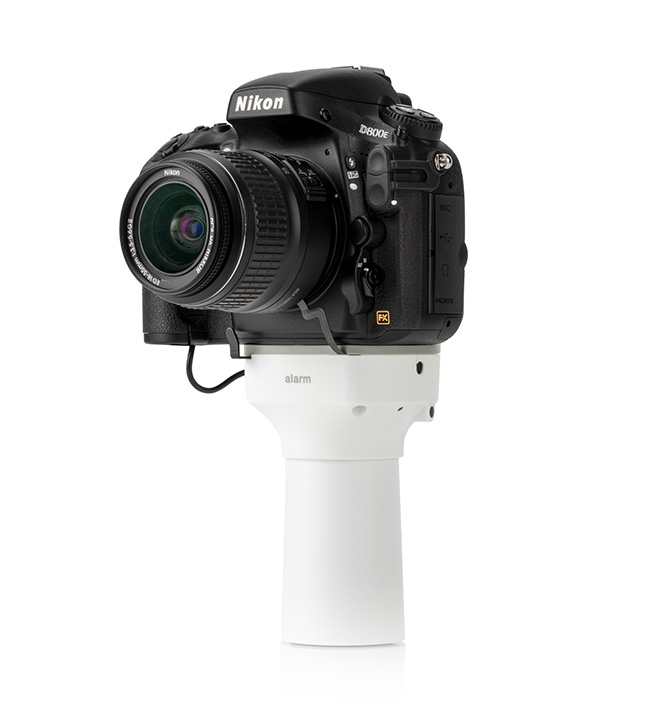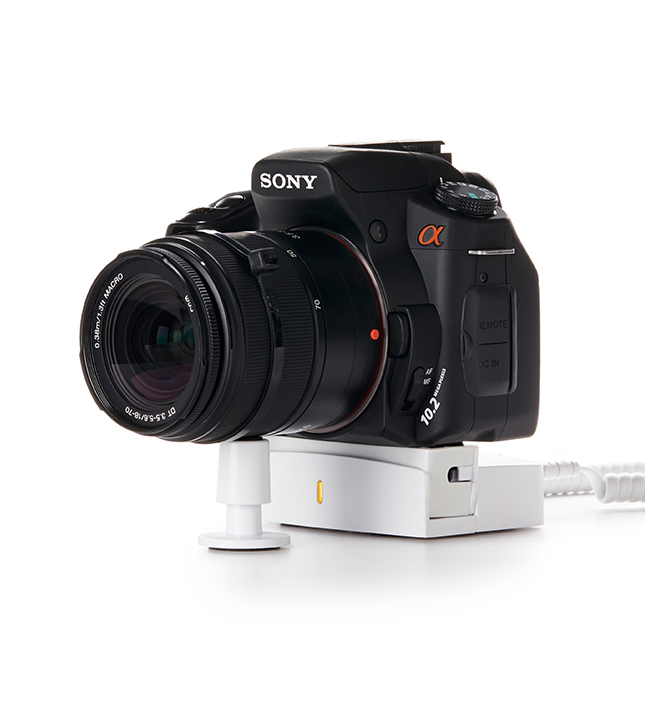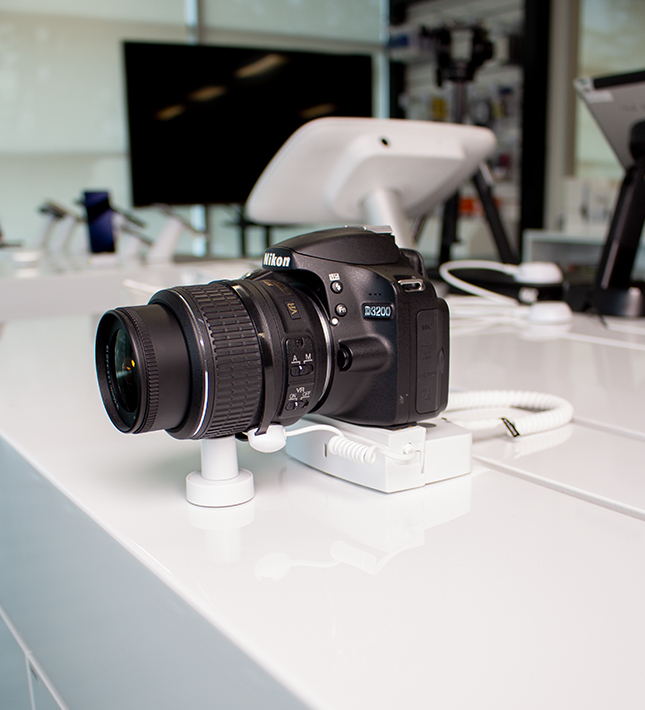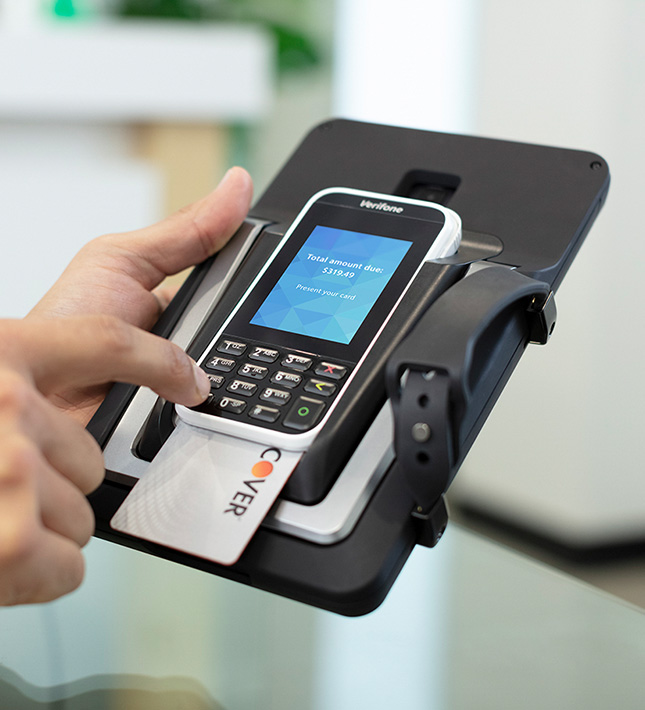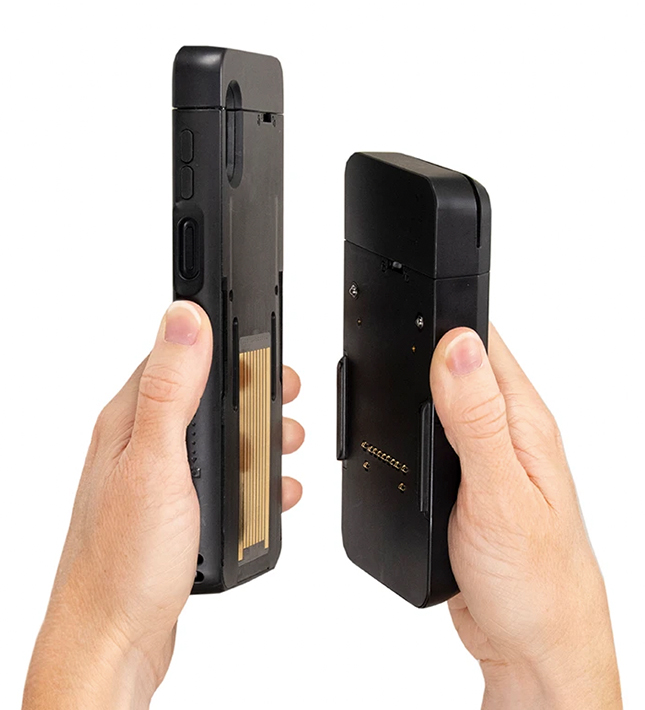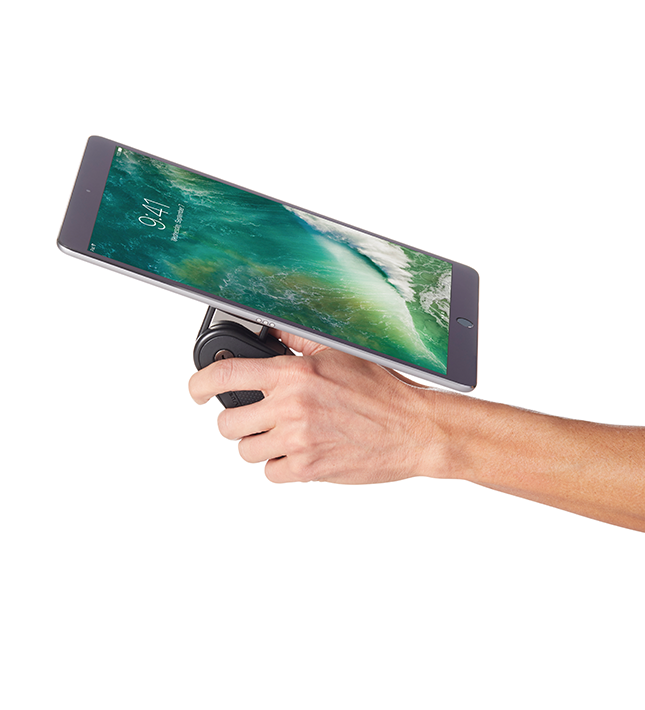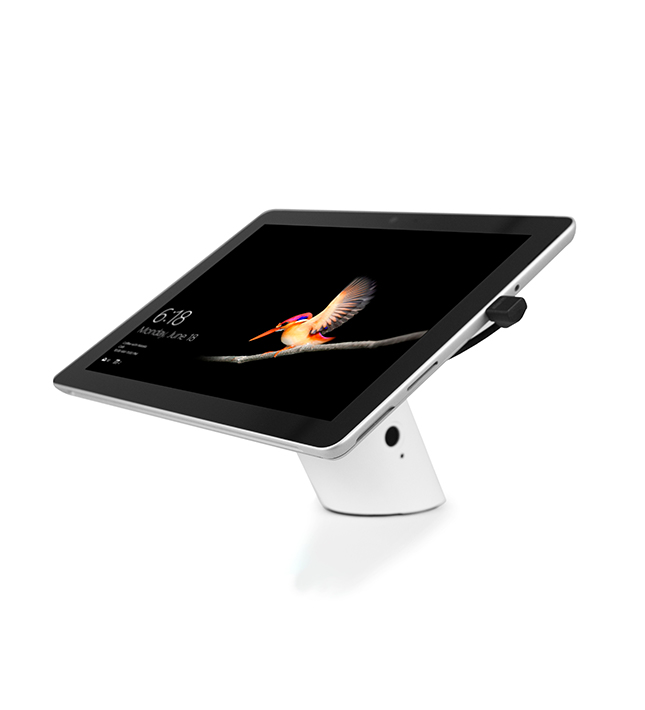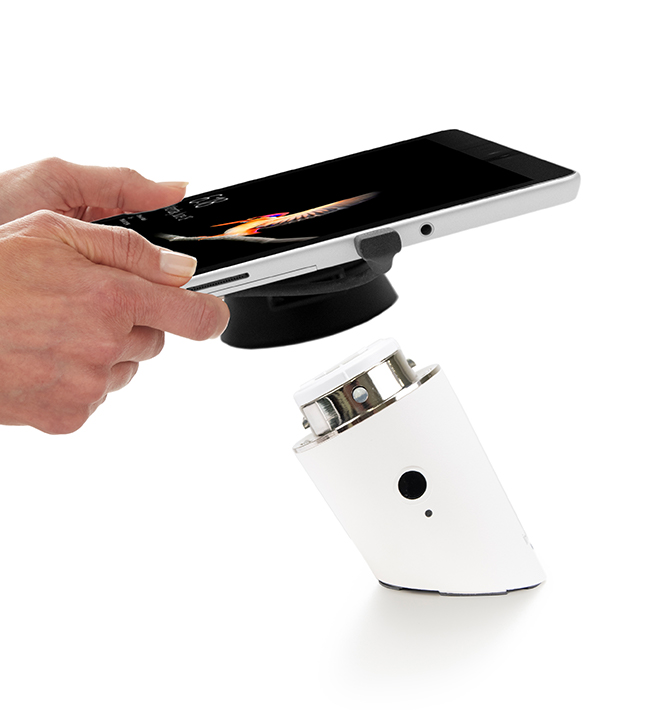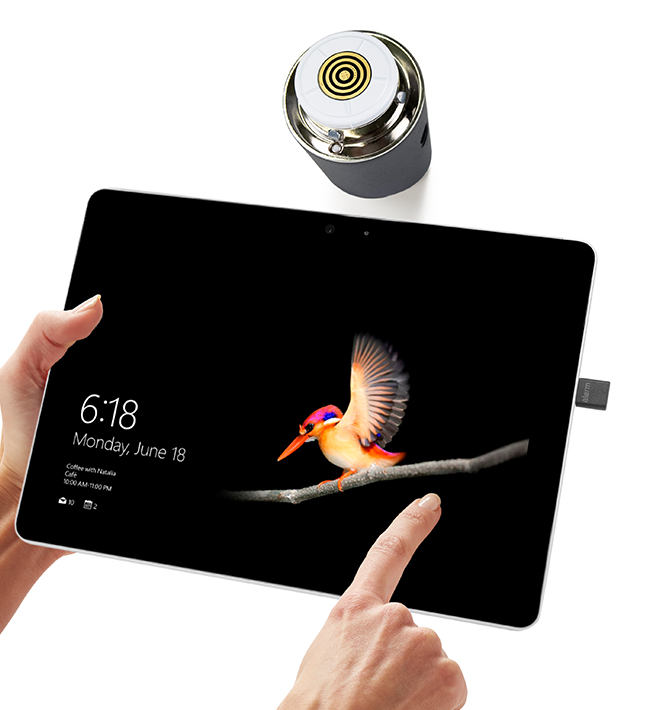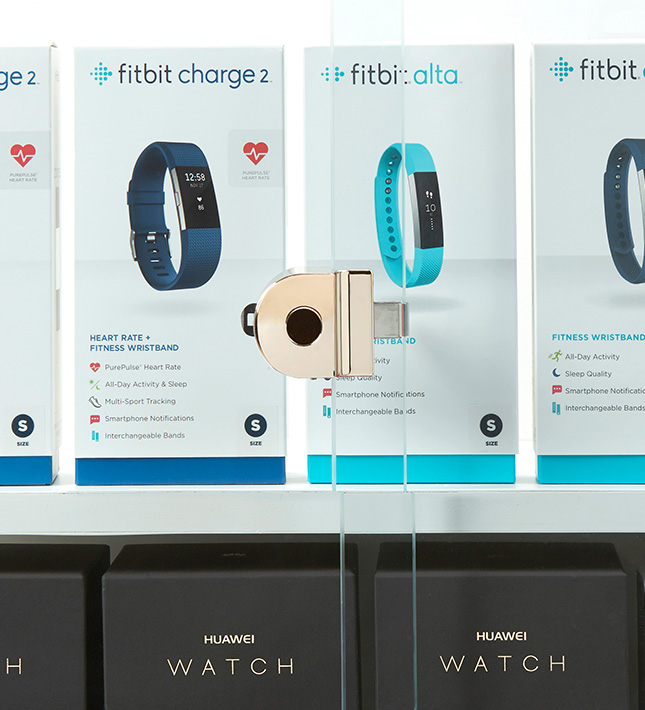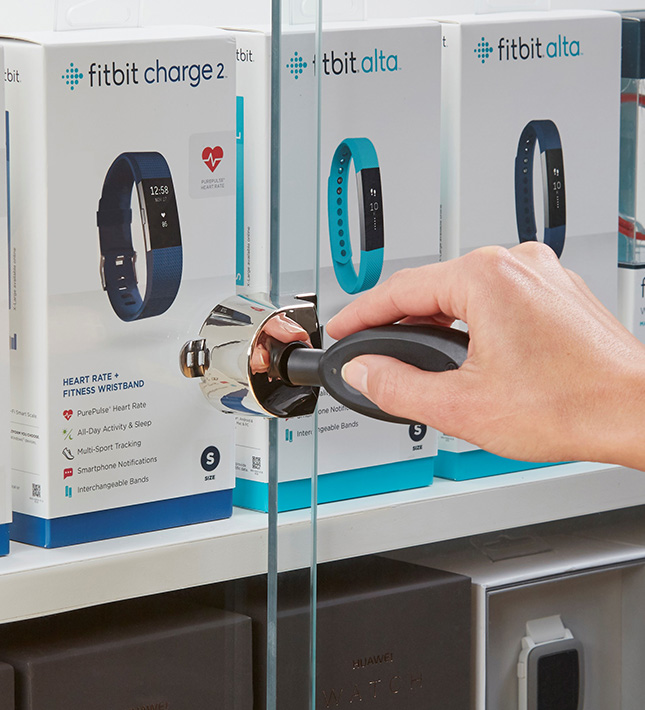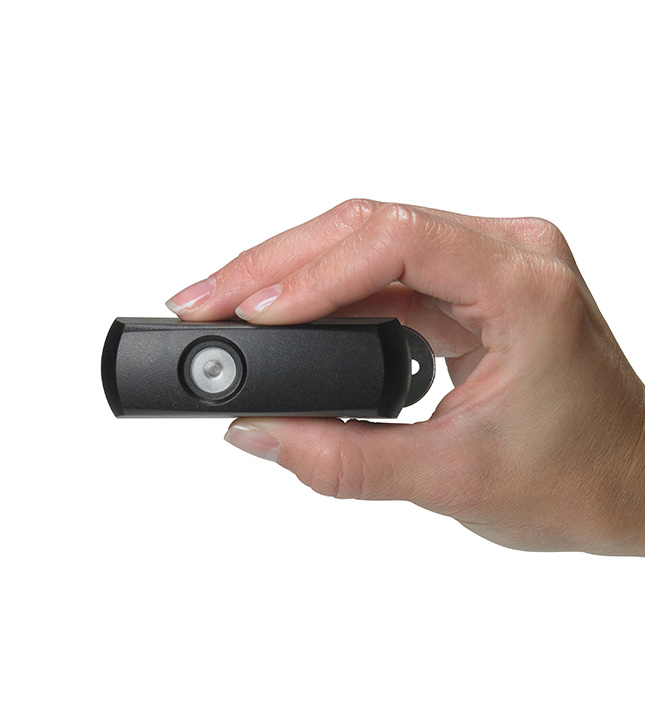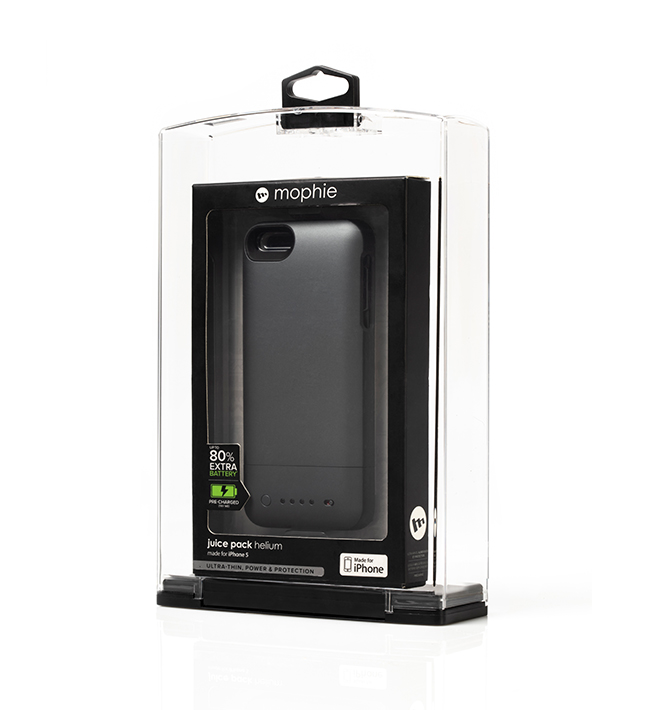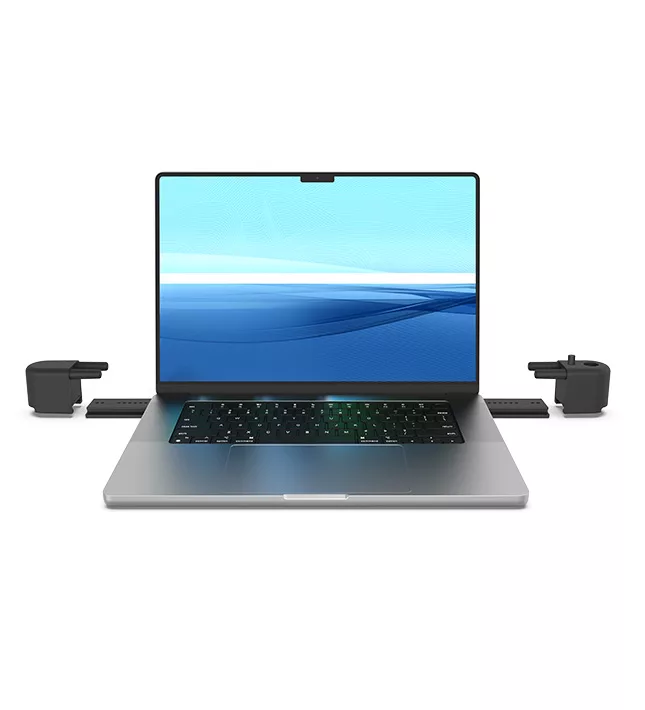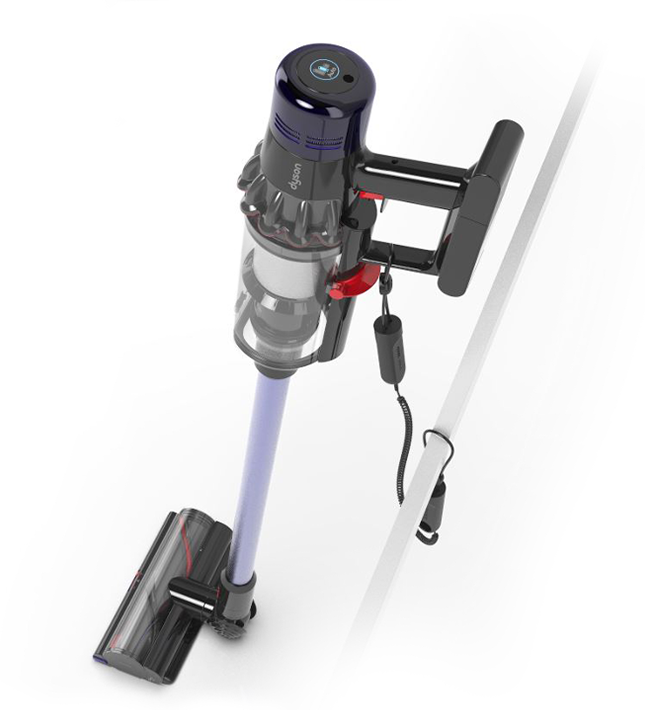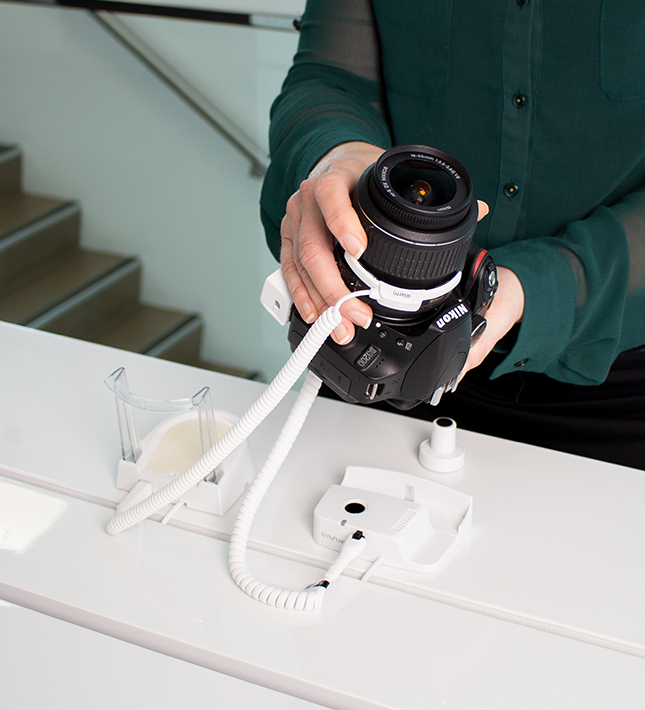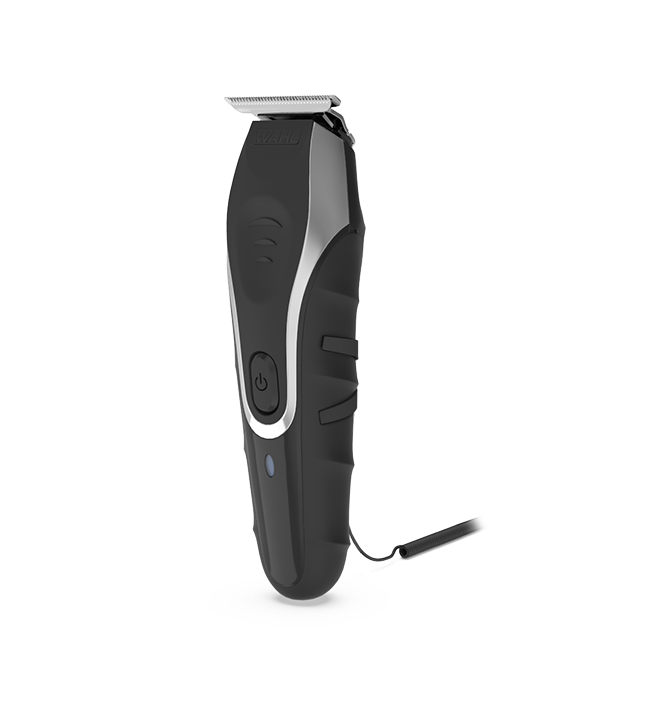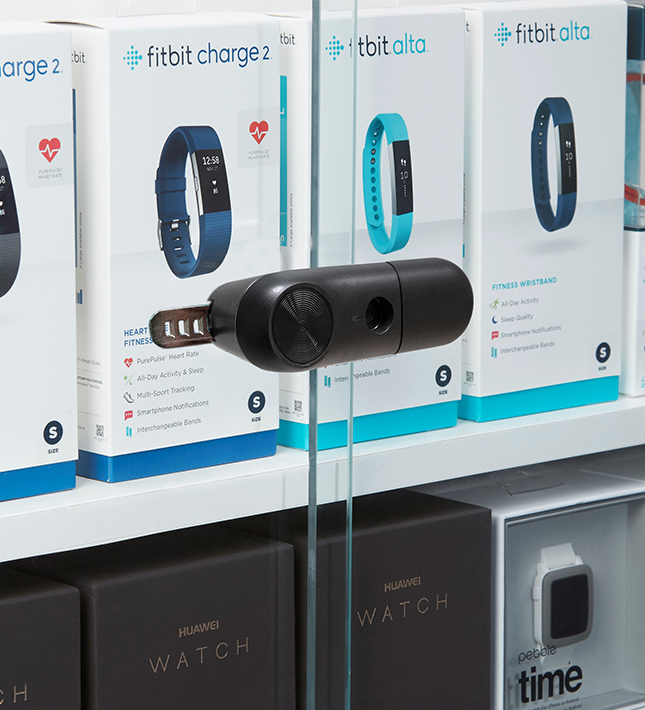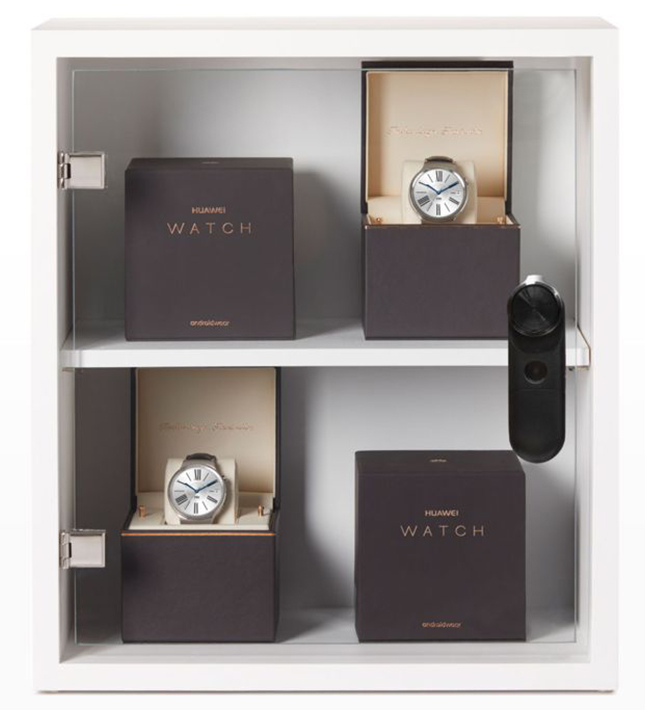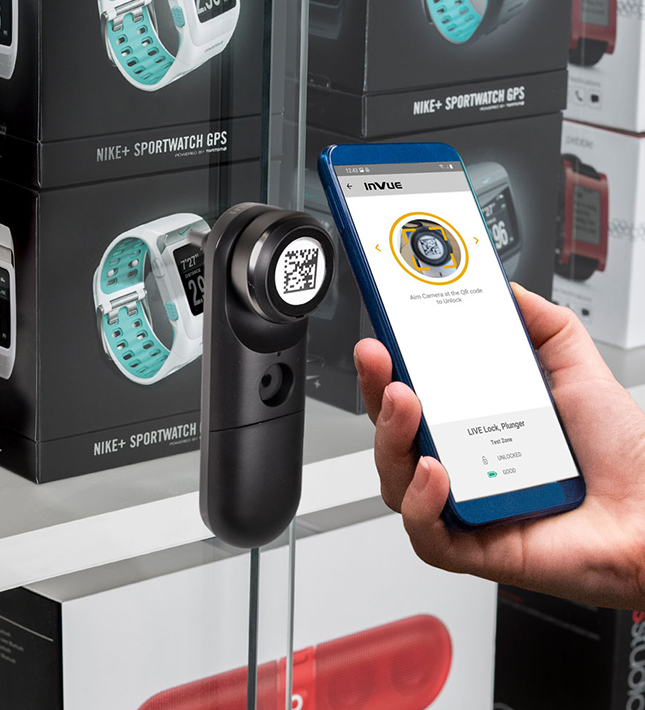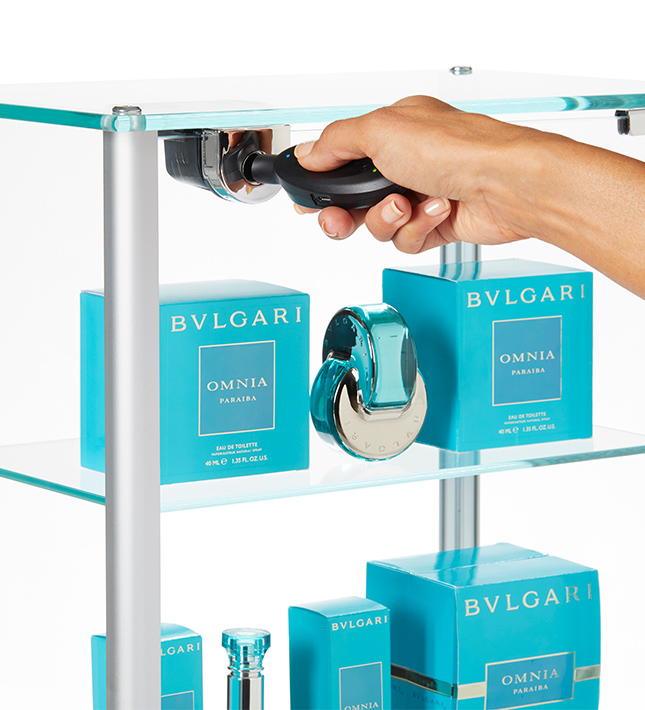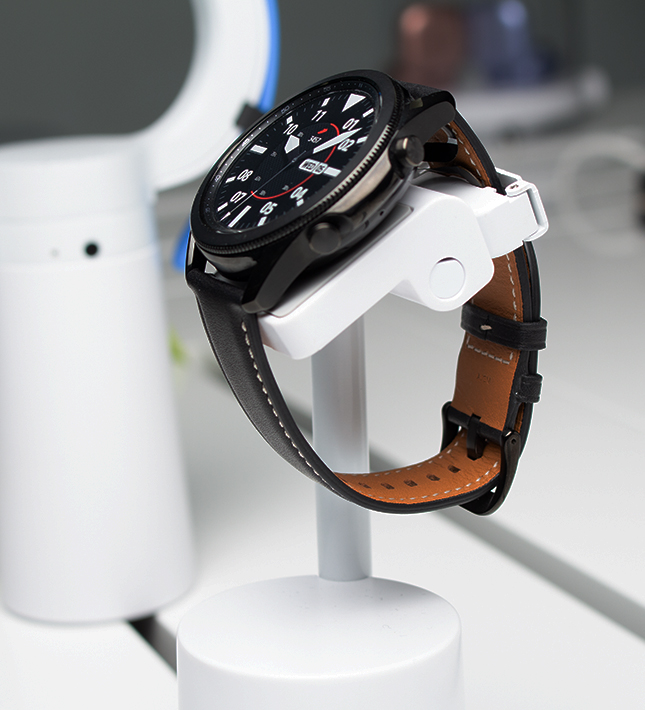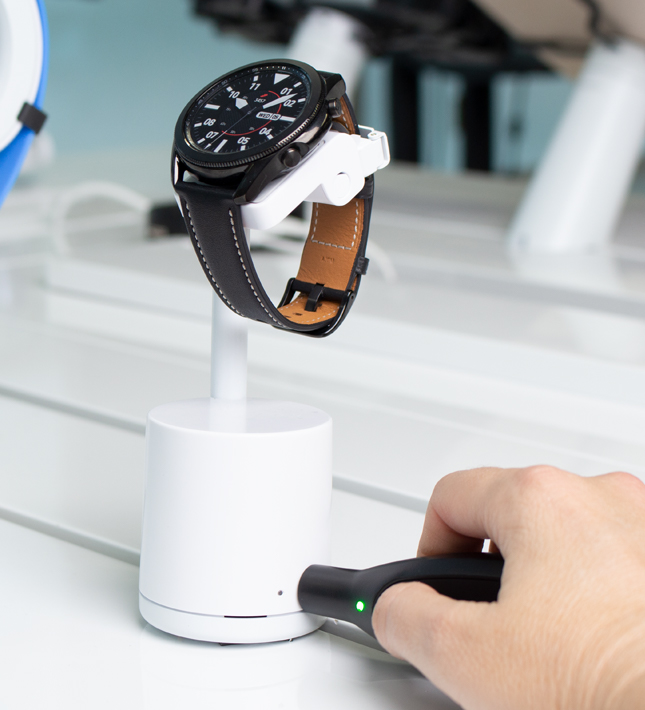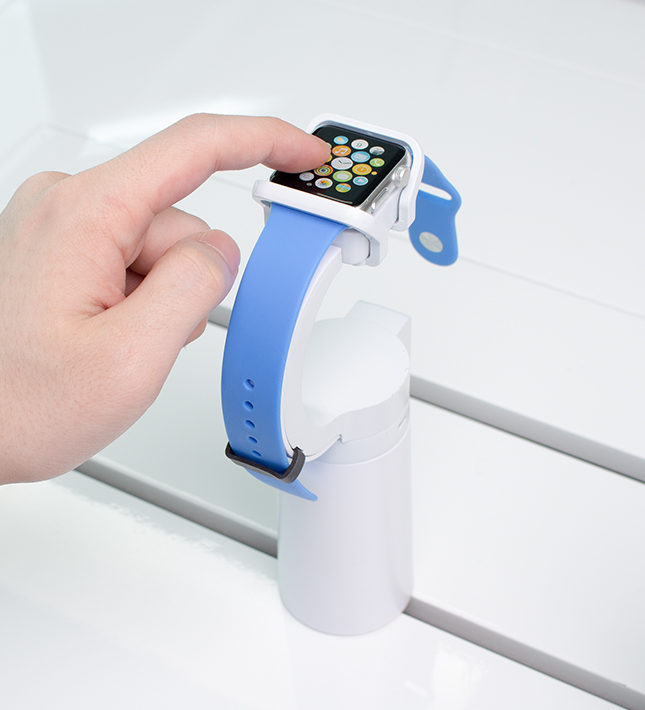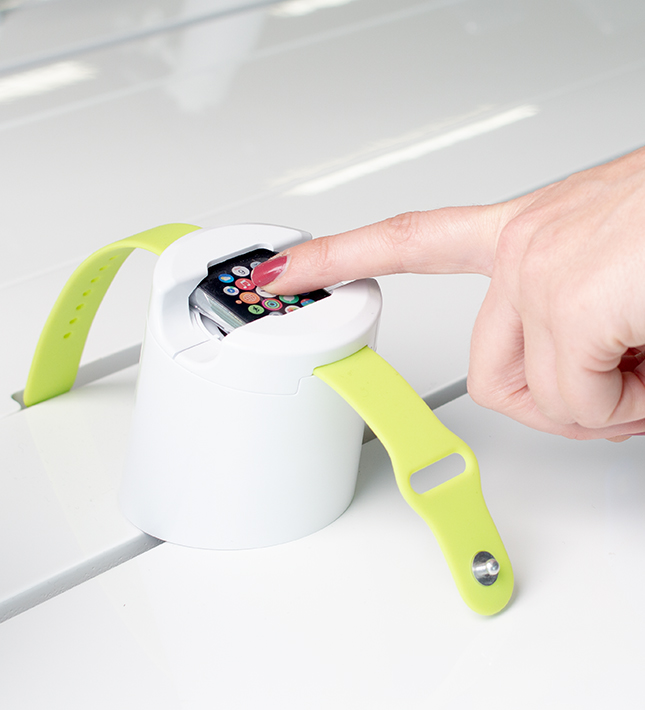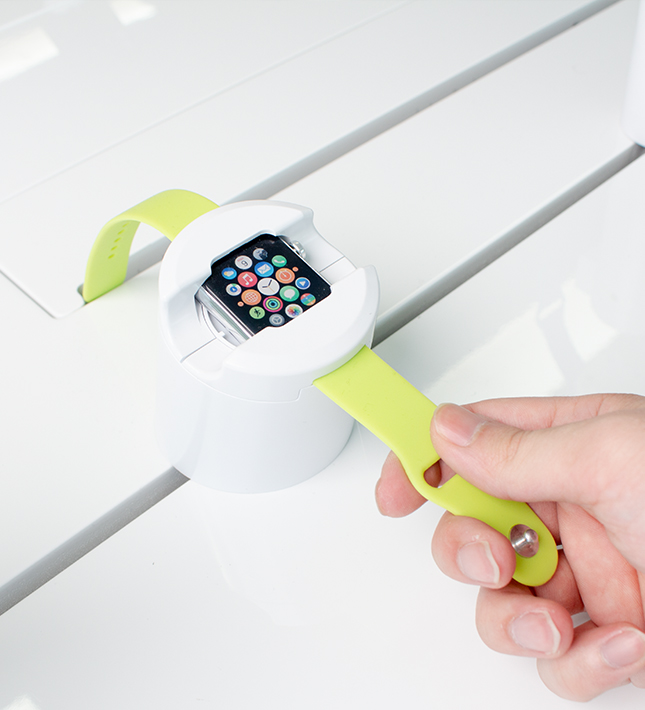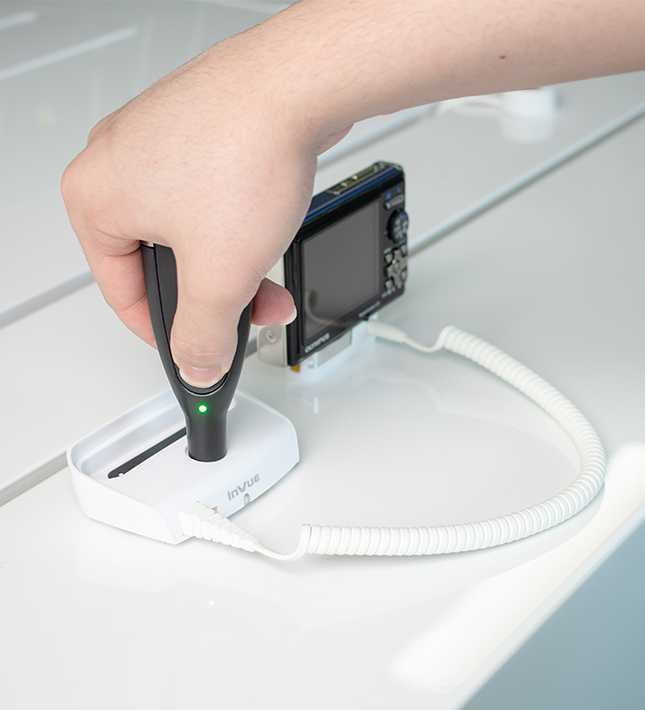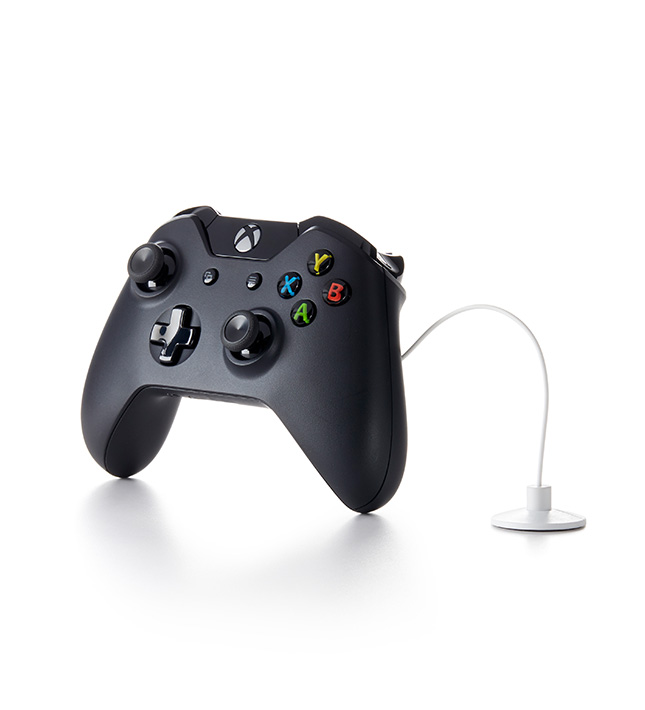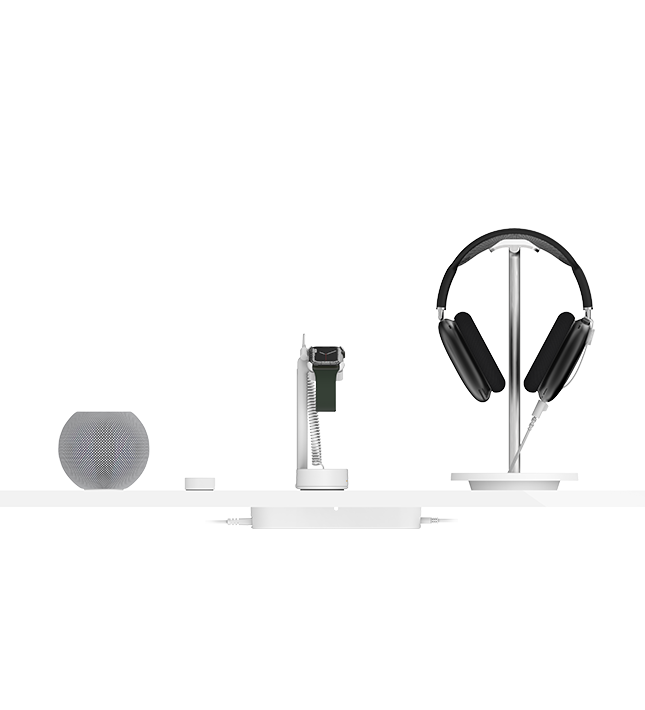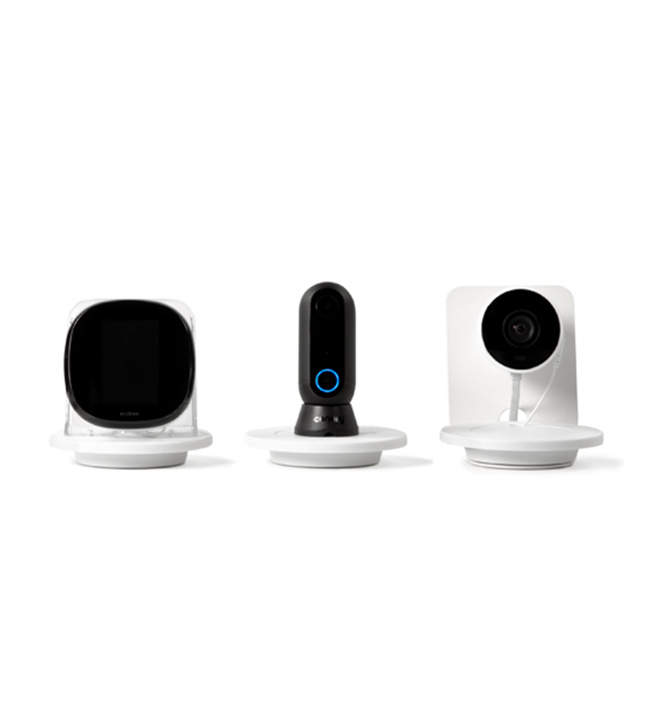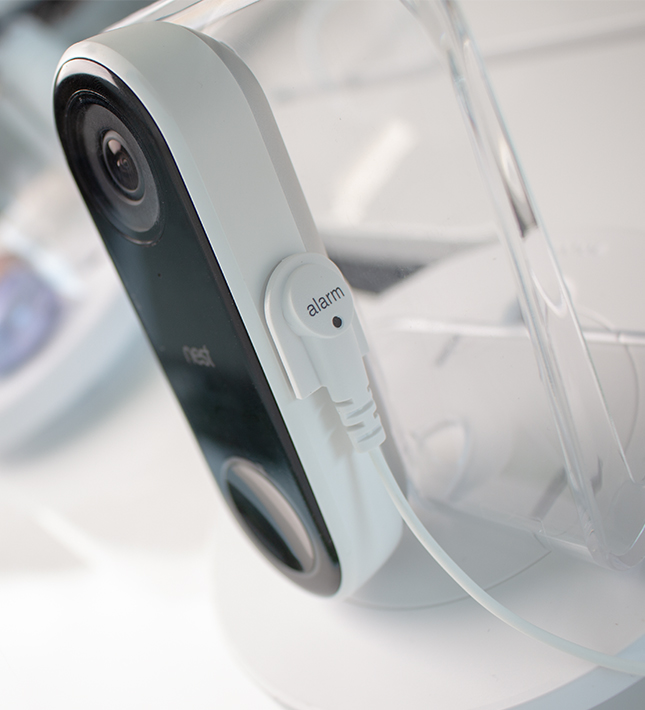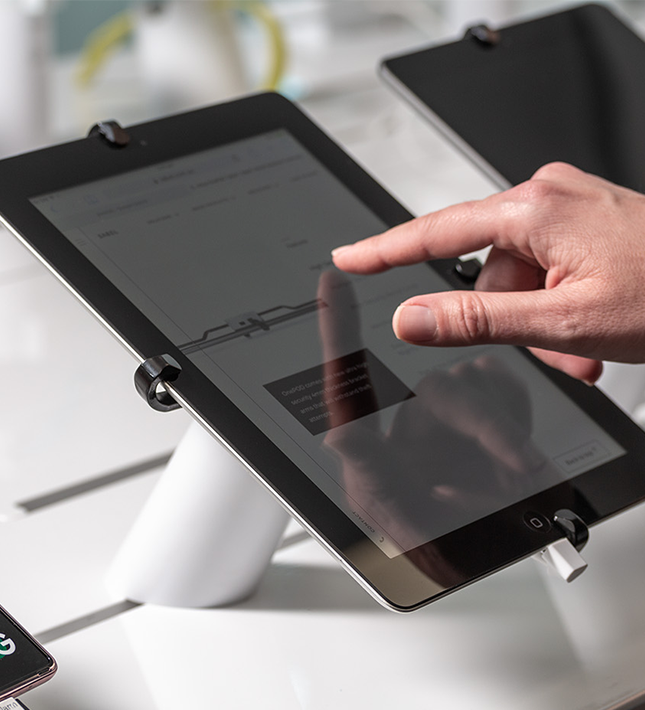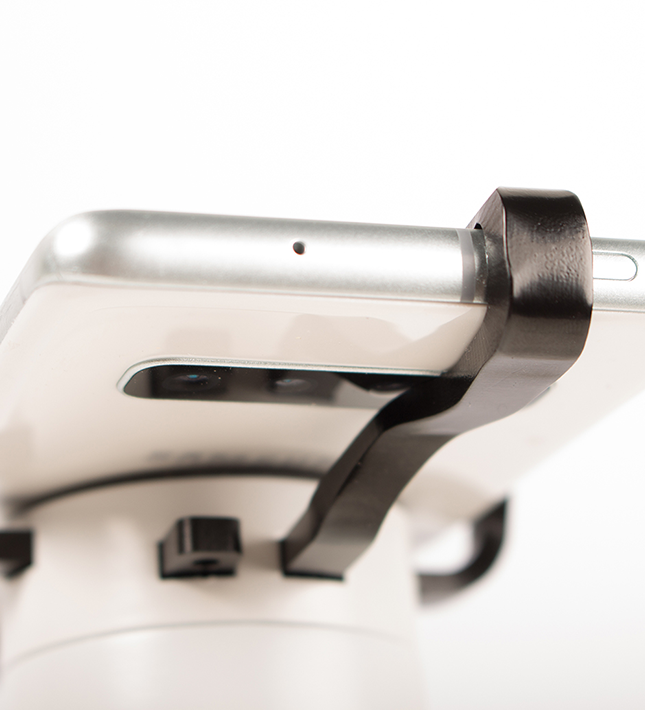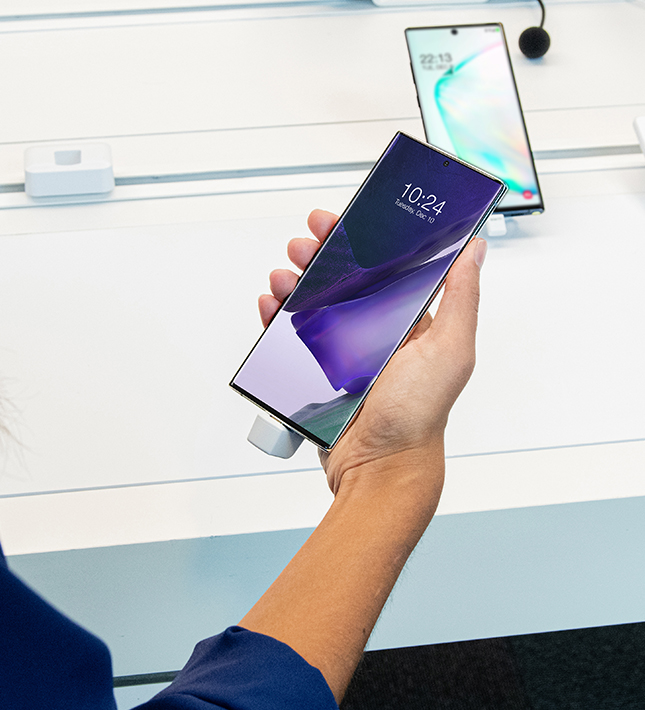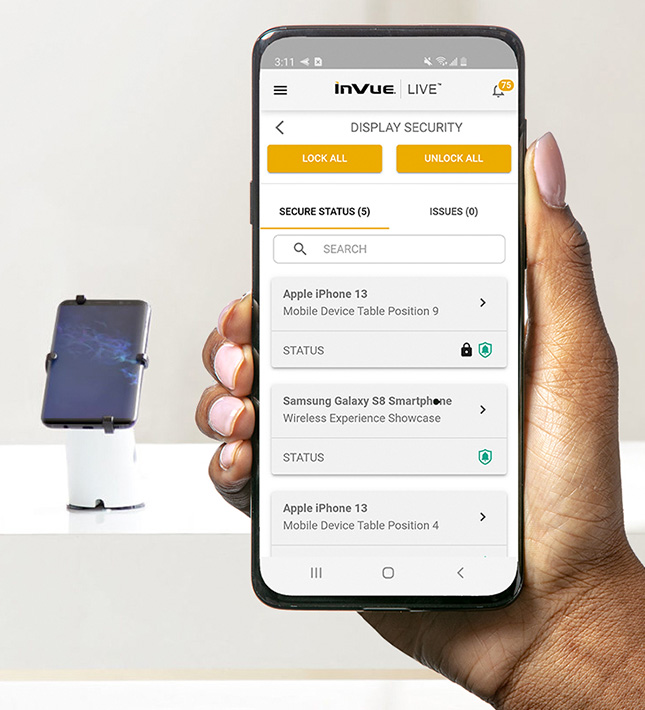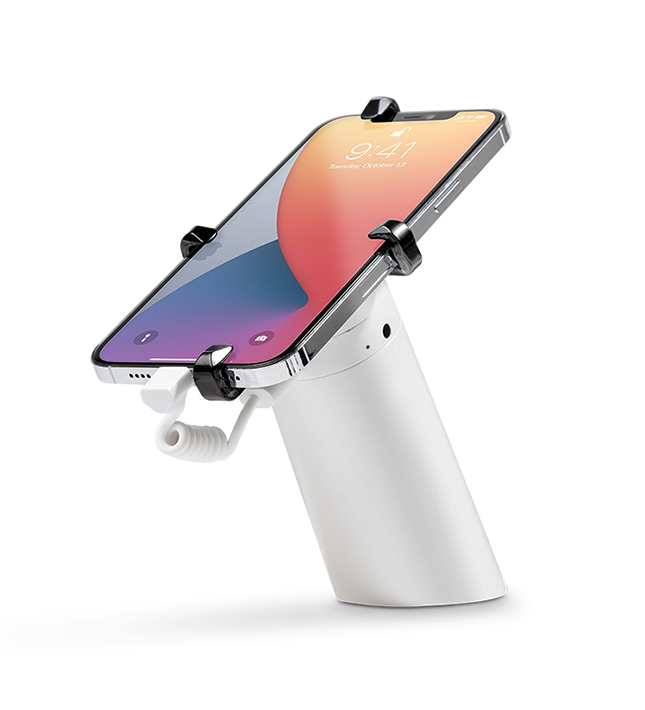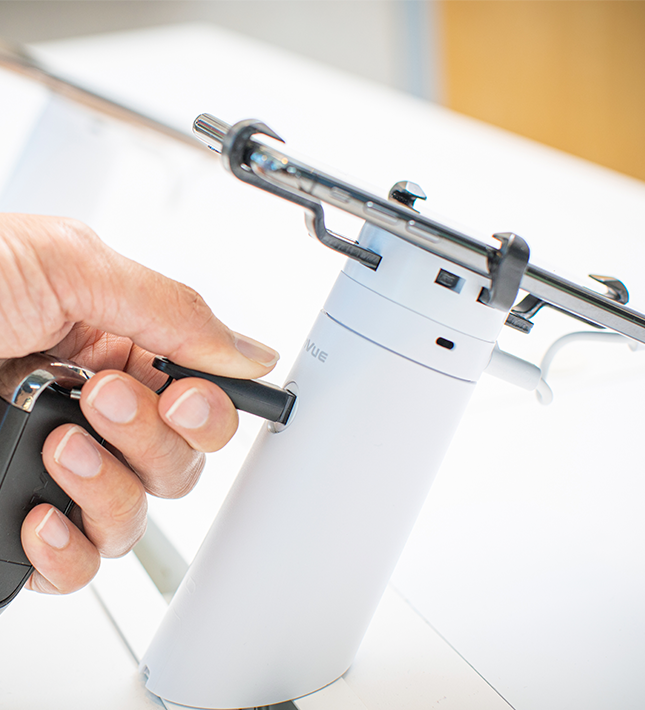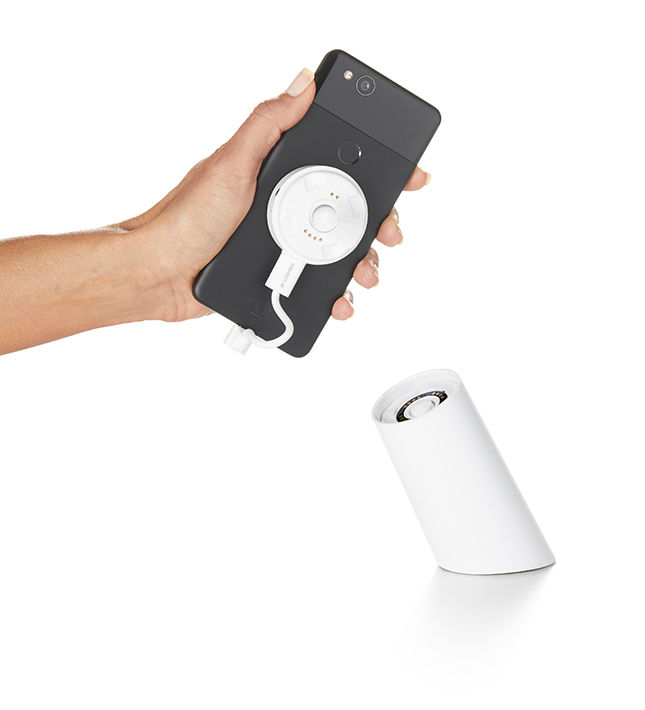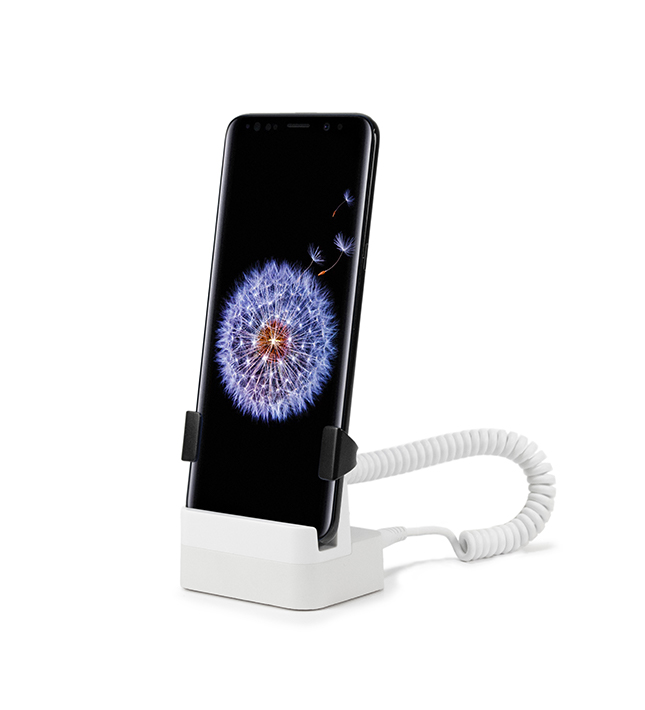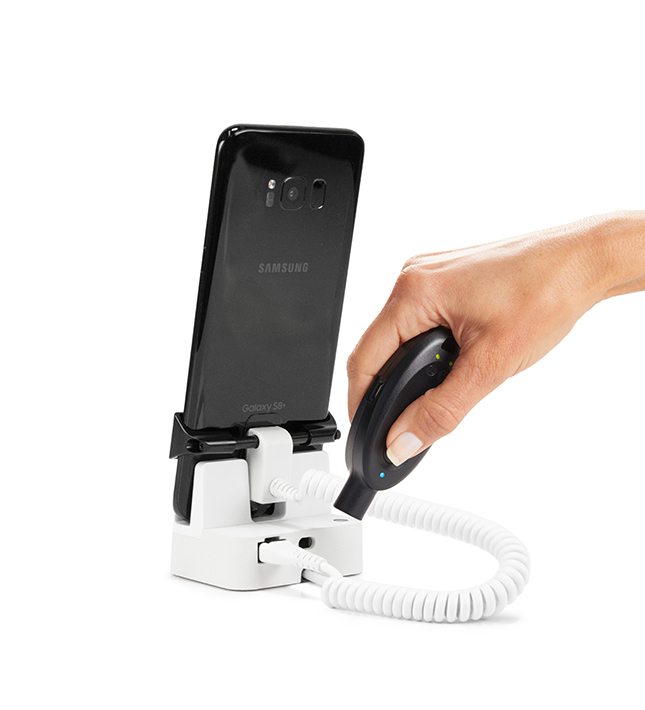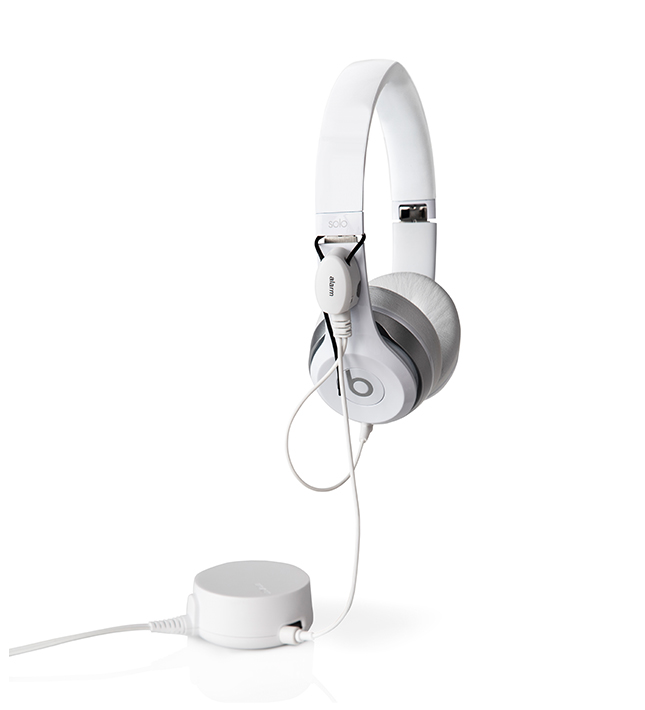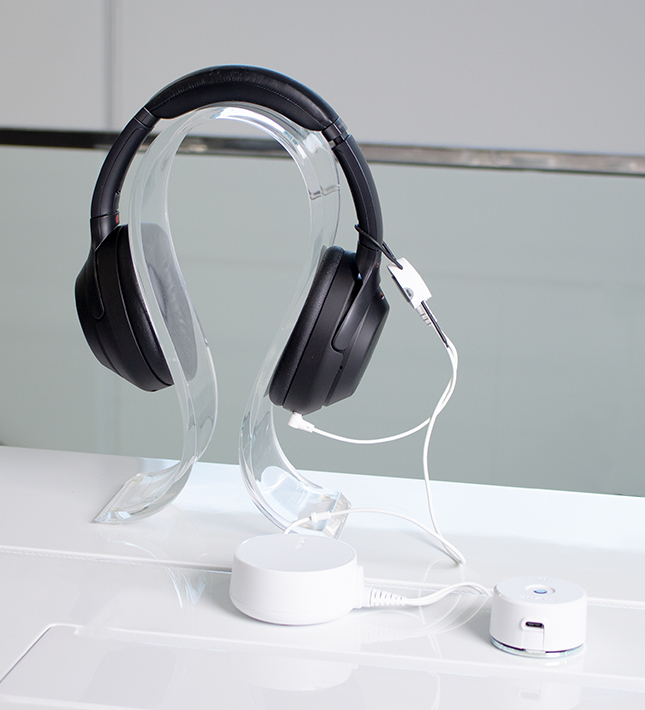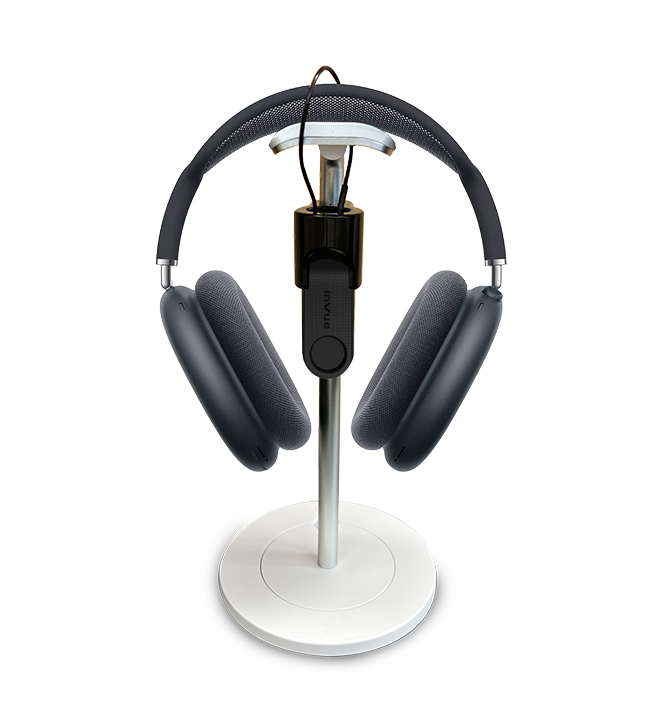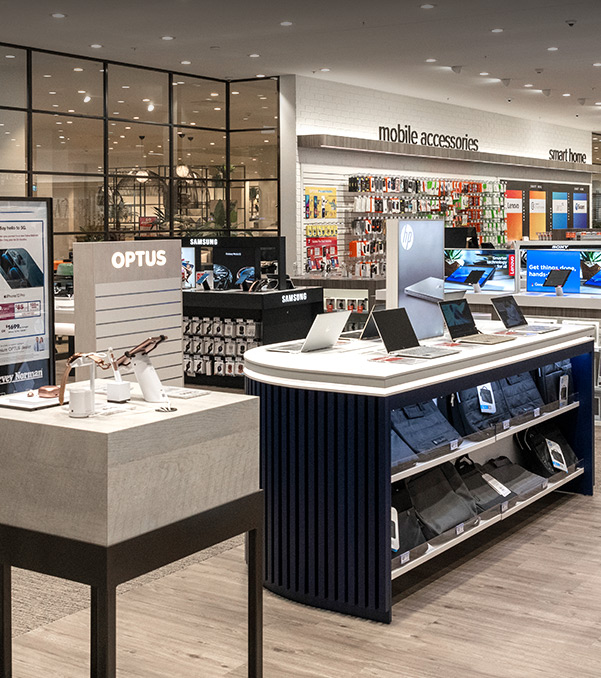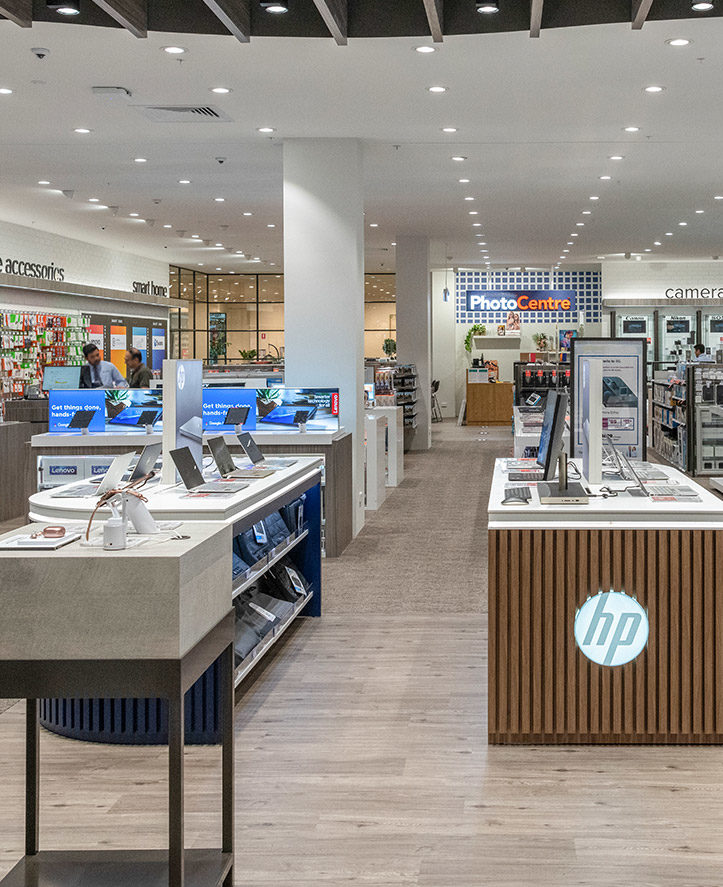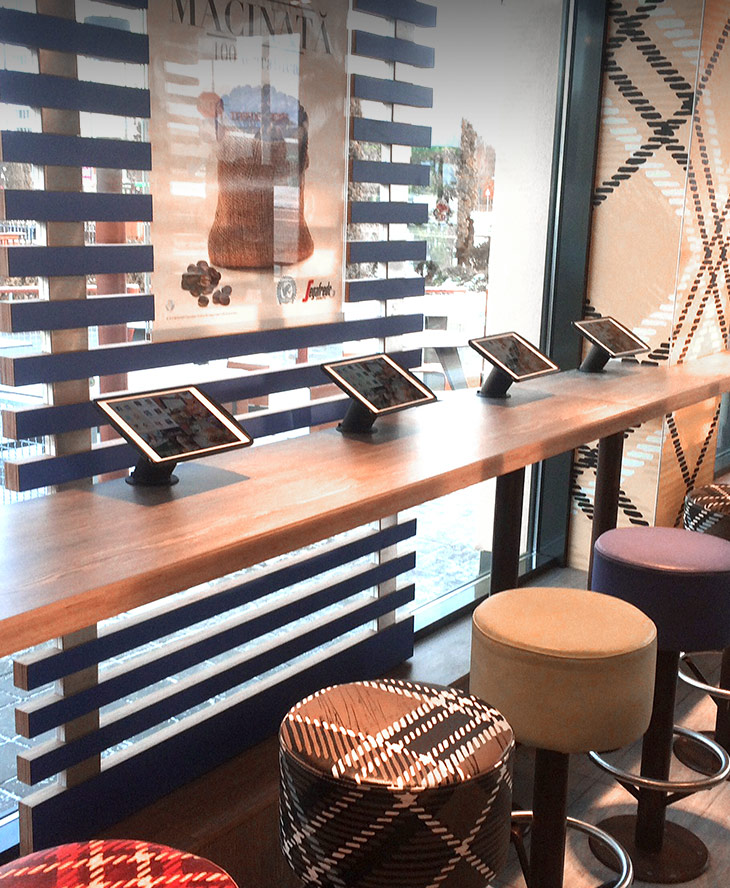In an article entitled ‘Hybrid digital experience: The next realm of retail,’ they explain 2020 saw most retailers quickly embrace digital basics. Still, the focus needs to shift to what customers expect from their digital experiences as part of the new normal.
The acceleration of digital
KPMG’s Freddie Engberts notes 2020 saw a rapid increase in digital adoption both by consumers and businesses.
That digital acceleration resulted in three key trends in the retail sector:
- It forced retailers to master the digital basics quickly, via tools like social media selling, online ordering, and curbside order fulfillment.
- It raised the customer’s expectation of what was possible.
- It broadened the demographics of customers drawing on digital services and digital retail beyond previous groups like Millennials and Gen Z.
“Providing digital service is no longer a differentiator,” Mr. Engberts notes.
“It’s the baseline expectation and the cornerstone of customer engagement.”
But where to from here? Mr. Engberts says, although that remains unknown, the opportunities are immense.
Four key elements
Mr Engberts explains there are four key areas where retailers need to focus their attention in order to adapt to the changed retail landscape and meet the increased customer expectation.

Some of those areas lie in technology adoption, systems and procedures, but others lie in a deep understanding of the customer and an empathy with them.
1. Empathy
Empathy for the consumer involves understanding their emotional state and building experiences that take these emotions into account. It is about a retailer viewing the experience from the customer’s perspective and embracing or catering to this viewpoint.
2. Ethics of experience
The rise of the ethical consumer has been a major trend in recent years, but now Mr Engberts suggests it’s about retailers acting in the consumer’s best interests.
That involves creating experiences with those interests in mind, rather than going against them.
3. Post mobile
Most digital experiences are designed with a screen front of mind, but now he notes the future will shift away from screen-based digital encounters, embracing technology like smart speakers.
He explains retailers should be prioritising ‘experiences which do not need a screen to be delivered but where digital is behind the scenes or invisible to the people engaging in them’.
4. Machine creativity
This suggestion is another with a focus on technology, but Mr. Engberts predicts the immediate future will be seen machines deployed for a wider range of tasks behind the scenes in retail, including those with creative elements.
He describes this trend as ‘the design of experiences, or parts of, by machines (AI). Creation of artwork, graphics, templates, or experience flows based on design patterns or customer data’.
The four Ps to keep in mind
He goes on to argue creating a successful hybrid digital model involves keeping four Ps in mind: People, practices, (digital) products, and platforms.

Organisations also need to continue to ask themselves:
- Where are our customers physically?
- What are they doing differently?
- What is important to them now?
- How do we reach them with no physical presence?
“Every organisation has its own pathway to beating its competitors with a hybrid experience,” Mr. Engberts says.
“The organisations that stand out understand that the pathway involves not just a great website or marketing automation tool, but also a holistic effort across its people, practices, (digital) products and platforms.
“The balance and mix of these four Ps become the compass for each organisation as it sets out to lift its overall experience capability.”
You can view the full Inside Retail ‘Retail outlook for 2021’ here, or view our lineup of products designed to accommodate the new retail landscape.







